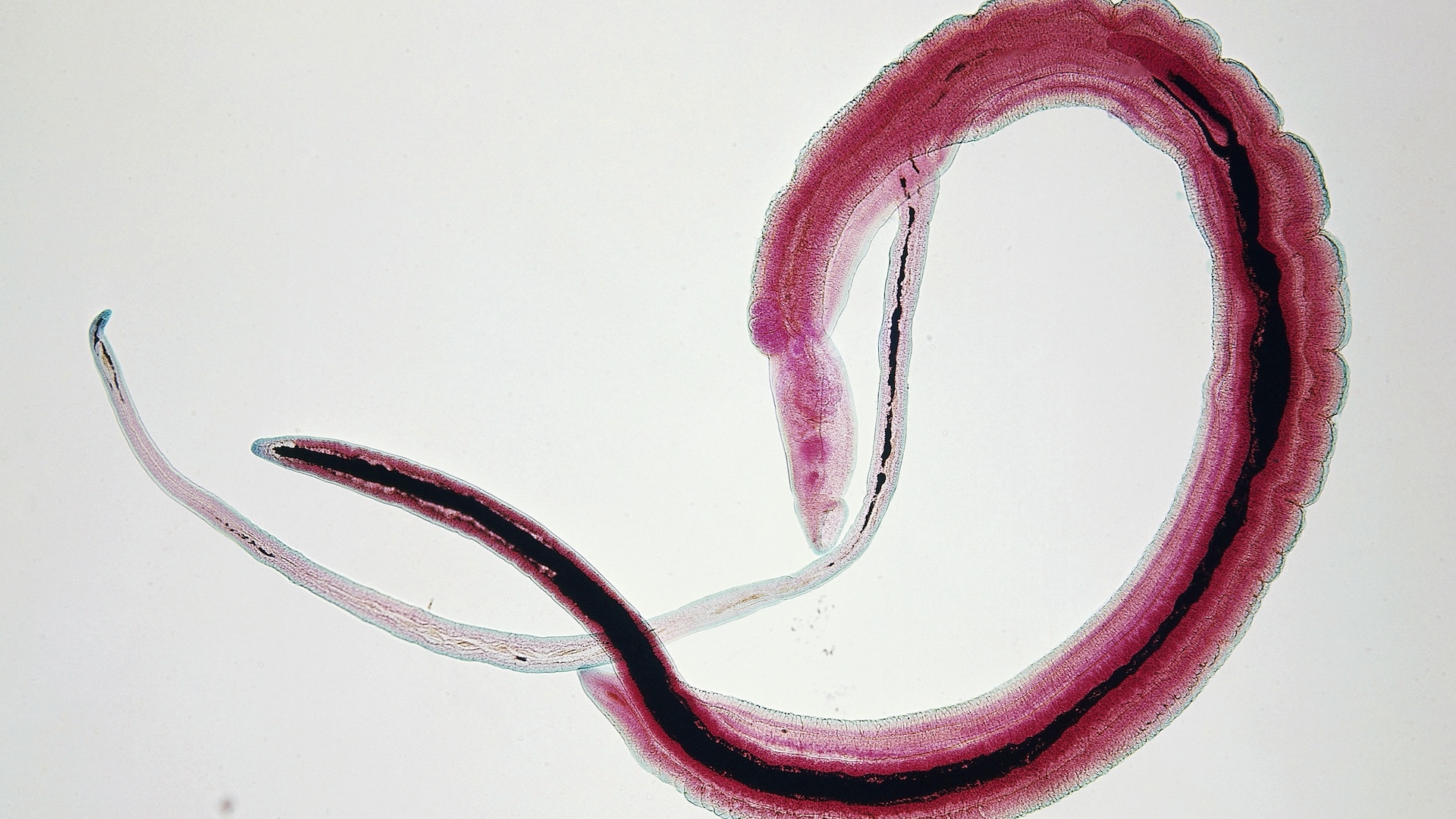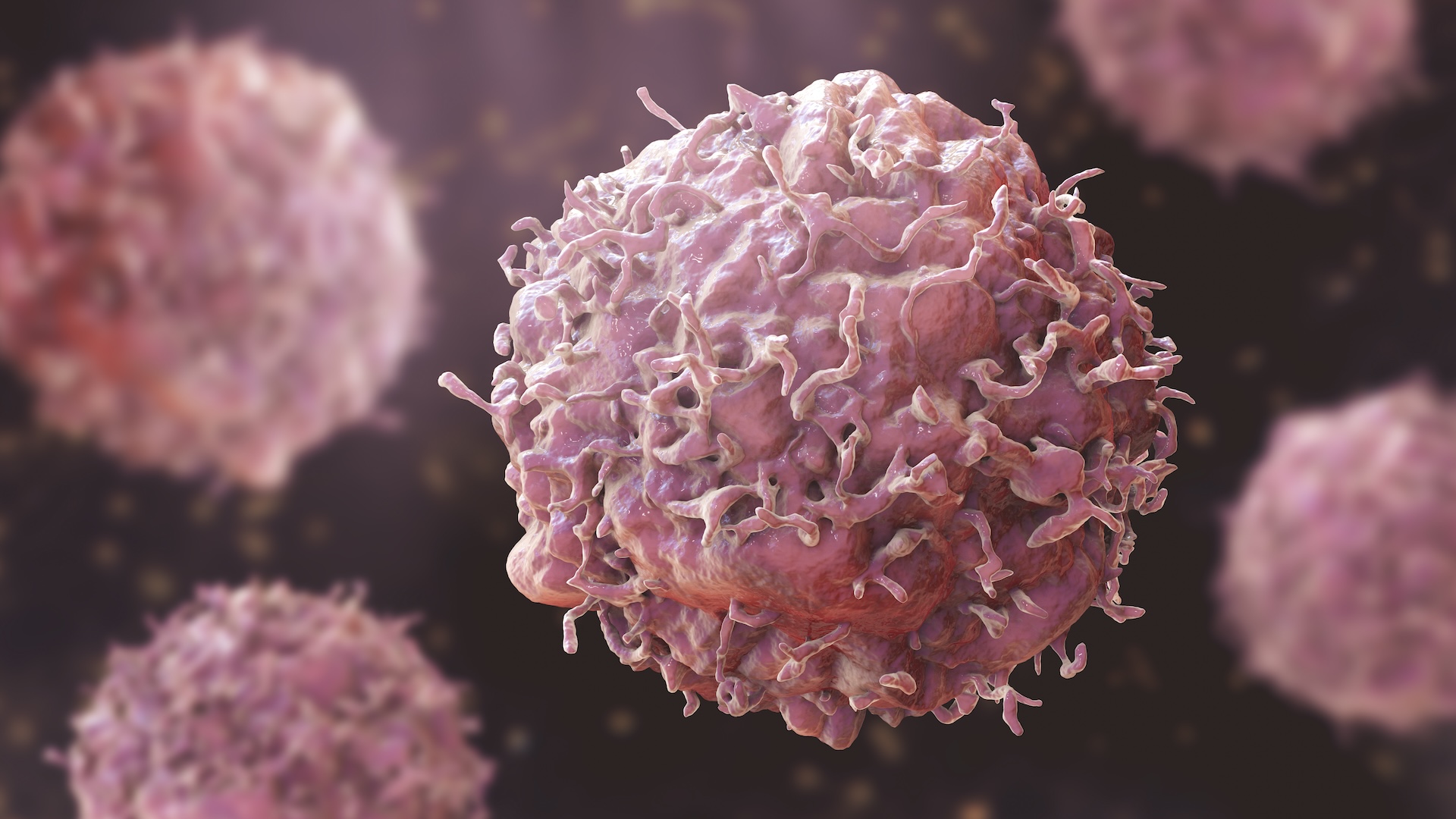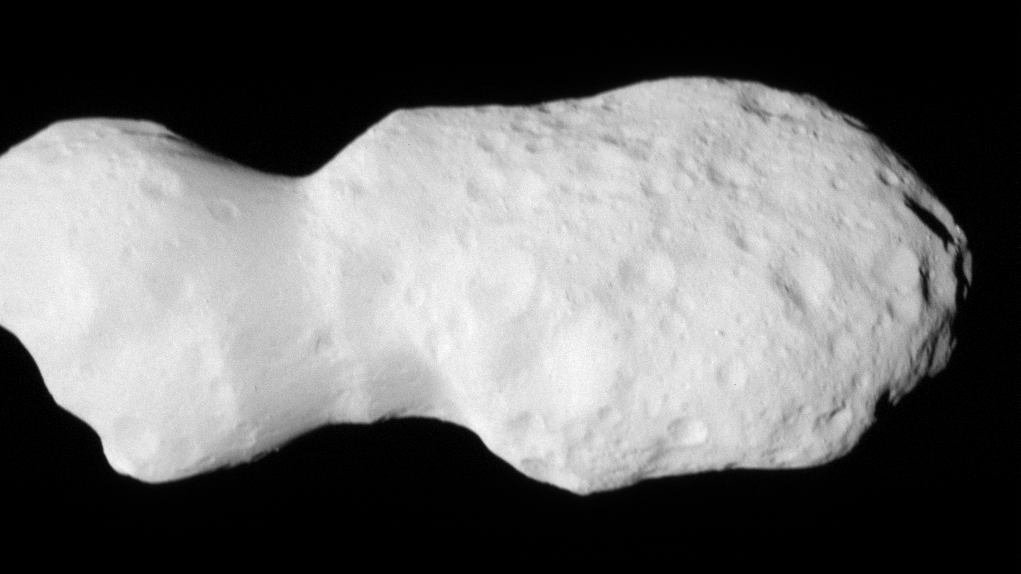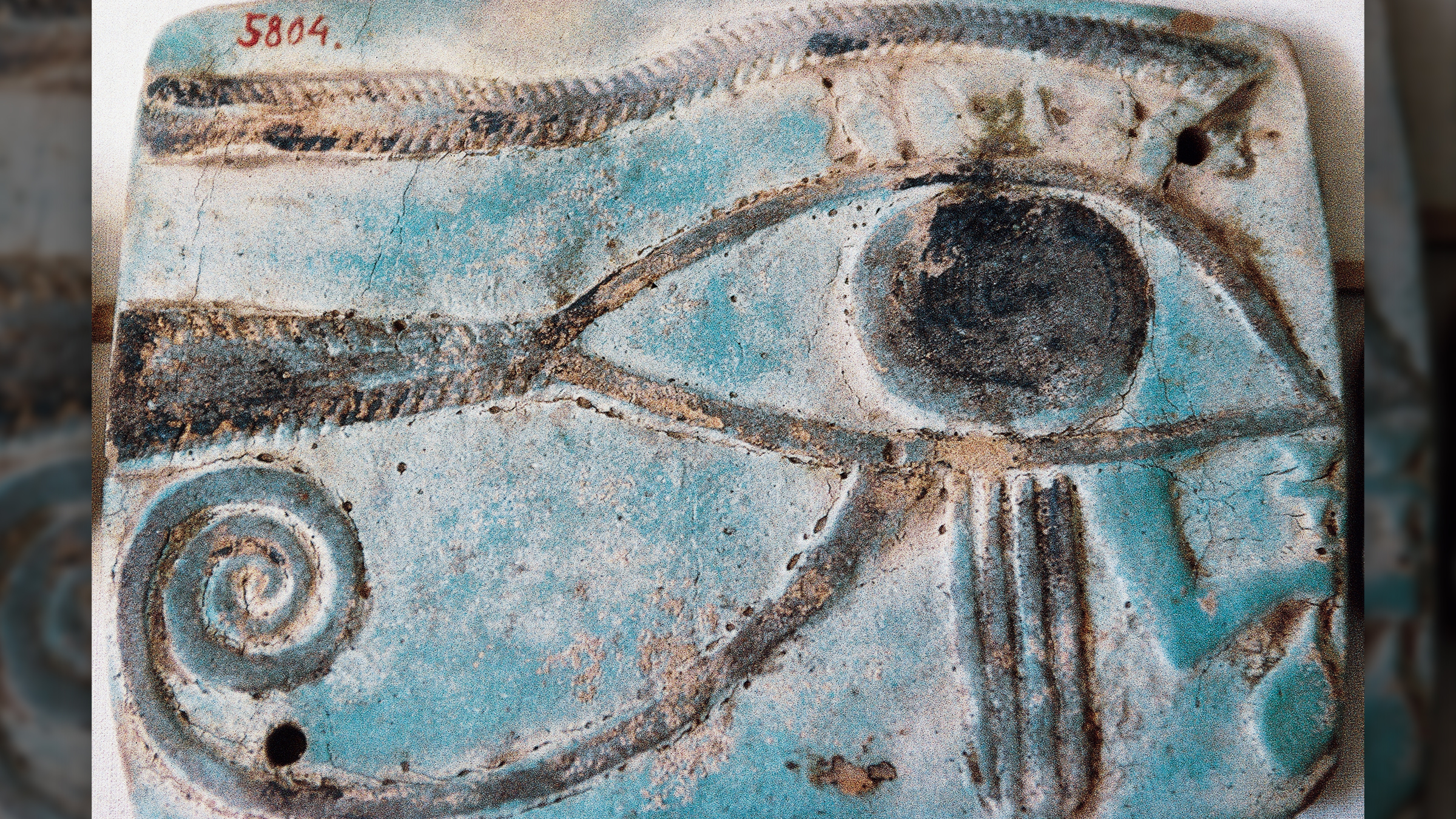How does alcohol cause cancer?
Research suggests that alcohol causes cancer through at least five different mechanisms.

Alcohol is responsible for about 100,000 cases of cancer and 20,000 cancer deaths per year in the United States, making it the third-leading preventable cause of cancer after tobacco and obesity. In 2025, the U.S. surgeon general issued an advisory on the link between alcohol and cancer risk, calling for a warning to be added to the labels of alcoholic beverages.
But exactly how does alcohol cause cancer?
Research suggests that alcohol drives cancer by at least five different mechanisms, with the risk of cancer increasing the more a person drinks. And the carcinogenic effects of alcohol may be more pronounced in people with a genetic predisposition to cancer.
Alcoholic drinks contain ethanol, also called ethyl alcohol, and this is central to the first mechanism by which alcohol causes cancer. Ethanol can disrupt DNA methylation, a process in which molecules latch on to DNA molecules and thus determine whether a gene is active. There are genes responsible for suppressing tumor growth, and research shows that methylation of such a gene effectively "turns it off," leading to tumor development.
Related: What counts as binge drinking?
Ethanol remains problematic even as the body begins to break it down. Initially, an enzyme turns it into a chemical called acetaldehyde.
"Both ethanol and acetaldehyde are carcinogenic and when they touch the lining of the mouth, throat or esophagus, that can cause cancer," Dr. Noelle LoConte, an associate professor of medicine at the University of Wisconsin School of Medicine and Public Health, told Live Science in an email. Like ethanol, acetaldehyde can also disrupt DNA methylation.
Sign up for the Live Science daily newsletter now
Get the world’s most fascinating discoveries delivered straight to your inbox.
In addition, acetaldehyde directly damages DNA and hinders DNA synthesis and repair. Because DNA provides the instructions for cell growth, damaged DNA can cause cells to grow uncontrollably, leading to the formation of a tumor. Cells in the mouth and liver, where alcohol gets broken down into acetaldehyde, are at particular risk of this type of DNA damage.
A third mechanism involves harmful molecules called reactive oxygen species (ROS). These molecules are natural byproducts of cell metabolism, but if too many accumulate, that can cause oxidative stress that damages DNA.
Research has shown that heavy alcohol use increases levels of the enzyme CYP2E1 in the esophagus; normally, the enzyme is metabolizing drugs. High levels of CYP2E1 increase the production of DNA-damaging ROS, leading to gene mutations and tumors. ROS also disrupt cell behavior, causing cells to multiply and spread uncontrollably. In the liver, ROS trigger the production of inflammatory substances and the fibrous protein collagen, leading to scarring of the liver (cirrhosis). This then increases the risk of liver cancer, LoConte said.
A fourth mechanism linking alcohol to cancer involves alcohol's effect on levels of the hormone estrogen.
"Alcohol raises the blood levels of estrogen … which is 'fuel' for some types of breast cancer," LoConte explained. Scientists think that when tumor cells have a receptor that estrogen can plug into, estrogen latches on and can make the tumor cell more active, revving up its growth and spread. Research suggests that alcohol can trigger the formation of breast tumors and also exacerbate existing breast cancer.
A fifth mechanism linking alcohol to cancer suggests alcohol can act as a solvent for carcinogenic molecules from other sources, such as tobacco smoke. These harmful particles dissolve in alcohol, and this makes it easier for them to penetrate various tissues and cause DNA damage within them. This effect increases the risk of cancer in the mouth and throat, in particular.
Compared with cancers of the mouth, throat and liver, the link between alcohol and cancers of the colon and rectum "is less clear," LoConte noted. "But we think it may have something to do with folate metabolism."
Folate is an important nutrient that helps make blood cells and is also involved in DNA methylation. But drinking too much alcohol can reduce folate levels in the body. This alcohol-induced folate deficiency may lead to DNA damage and, consequently, cancer.
Interestingly, a study found that people who drank alcohol but also had high folate levels through diet and supplementation had a lower risk of developing liver cancer, compared with people who drank but had low folate. And several studies suggest that, in people who consume medium-to-high amounts of alcohol, high folate intake might help guard against colon cancer.
You might wonder if these mechanisms differ depending on the type of alcoholic drink you consume — but research suggests that the connection between alcohol and cancer risk exists for all types of alcoholic beverages.
That said, studies show that the more you drink, the higher the risk of cancer LoConte said. The American Society of Clinical Oncology and U.S. Surgeon General have also highlighted that the length of time you've been drinking over a lifetime is also an important factor.
"But notably, even at lower amounts of drinking, there is still some increased risk for breast, head and neck cancers," LoConte noted.
In other words, when it comes to alcohol and cancer, there's truly no safe dose. This doesn’t mean that everyone who drinks any amount is guaranteed to get cancer. Rather, a person's risk of developing cancer depends on many factors, like their family history of the disease, overall health status and their lifestyle habits, such as smoking or diet. On average, however, studies find that cutting back on alcohol consumption helps to lower the risk of cancer.
Disclaimer
This article is for informational purposes only and is not meant to offer medical advice.

Clarissa Brincat is a freelance writer specializing in health and medical research. After completing an MSc in chemistry, she realized she would rather write about science than do it. She learned how to edit scientific papers in a stint as a chemistry copyeditor, before moving on to a medical writer role at a healthcare company. Writing for doctors and experts has its rewards, but Clarissa wanted to communicate with a wider audience, which naturally led her to freelance health and science writing. Her work has also appeared in Medscape, HealthCentral and Medical News Today.










